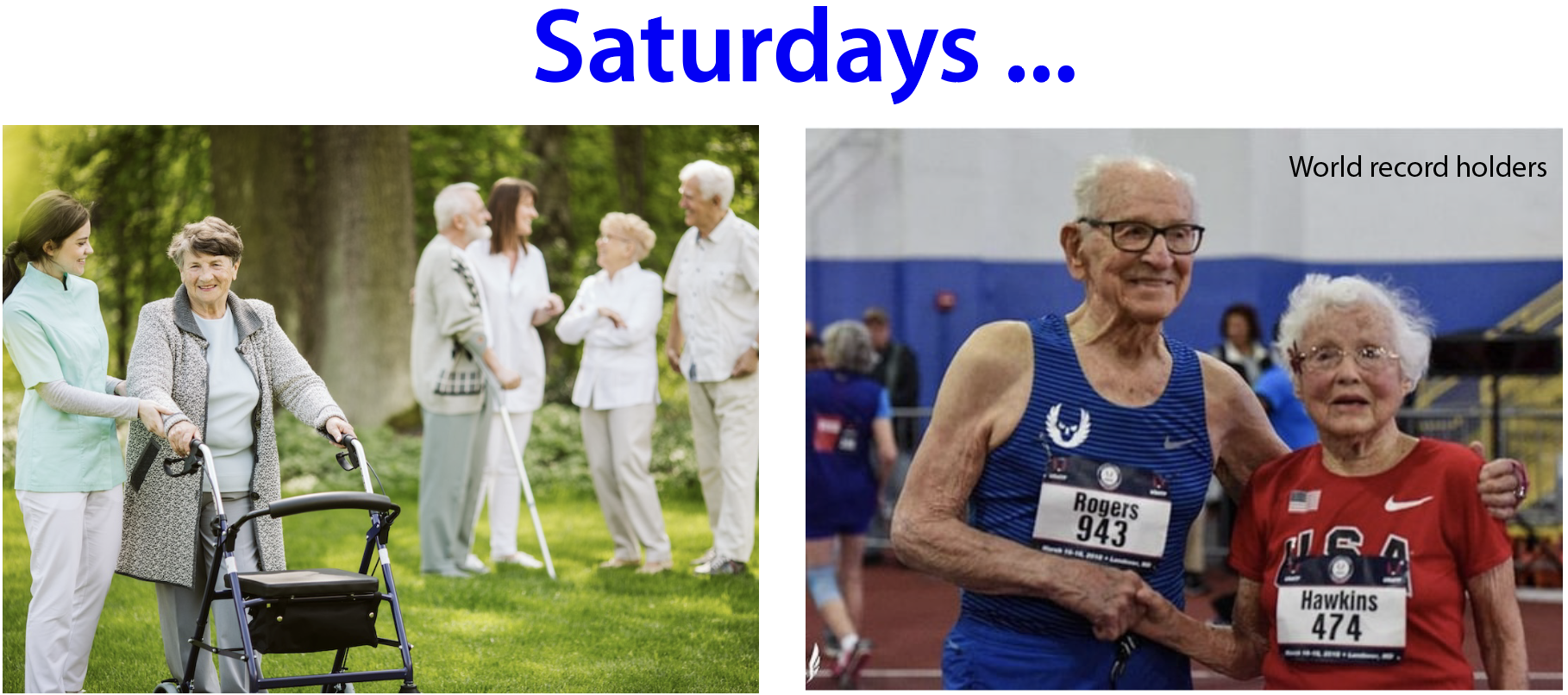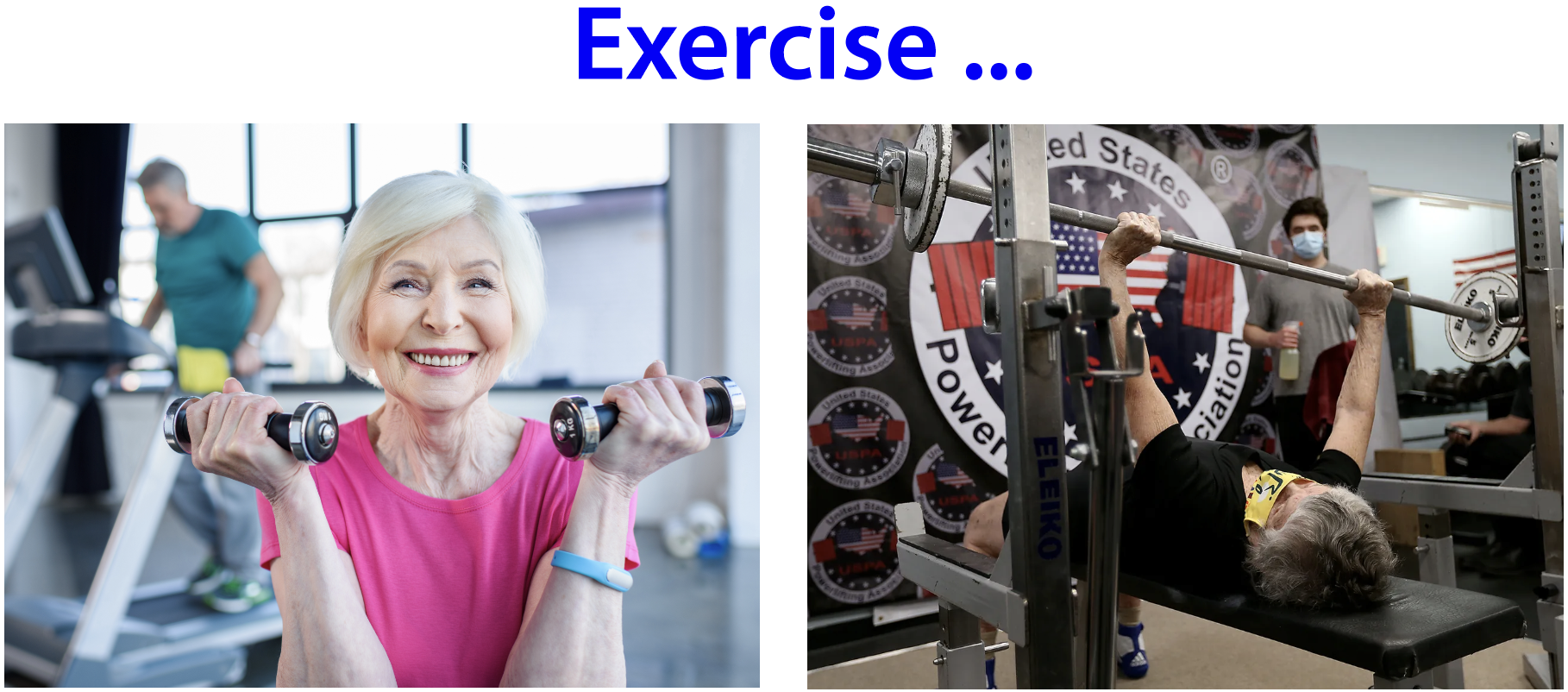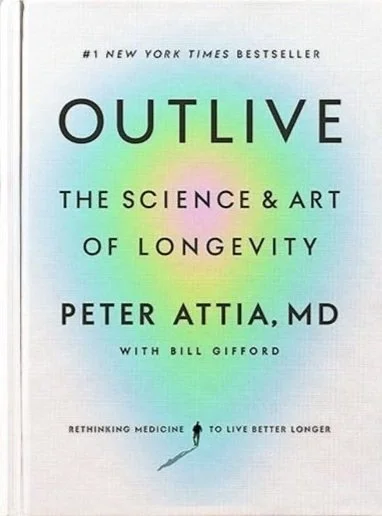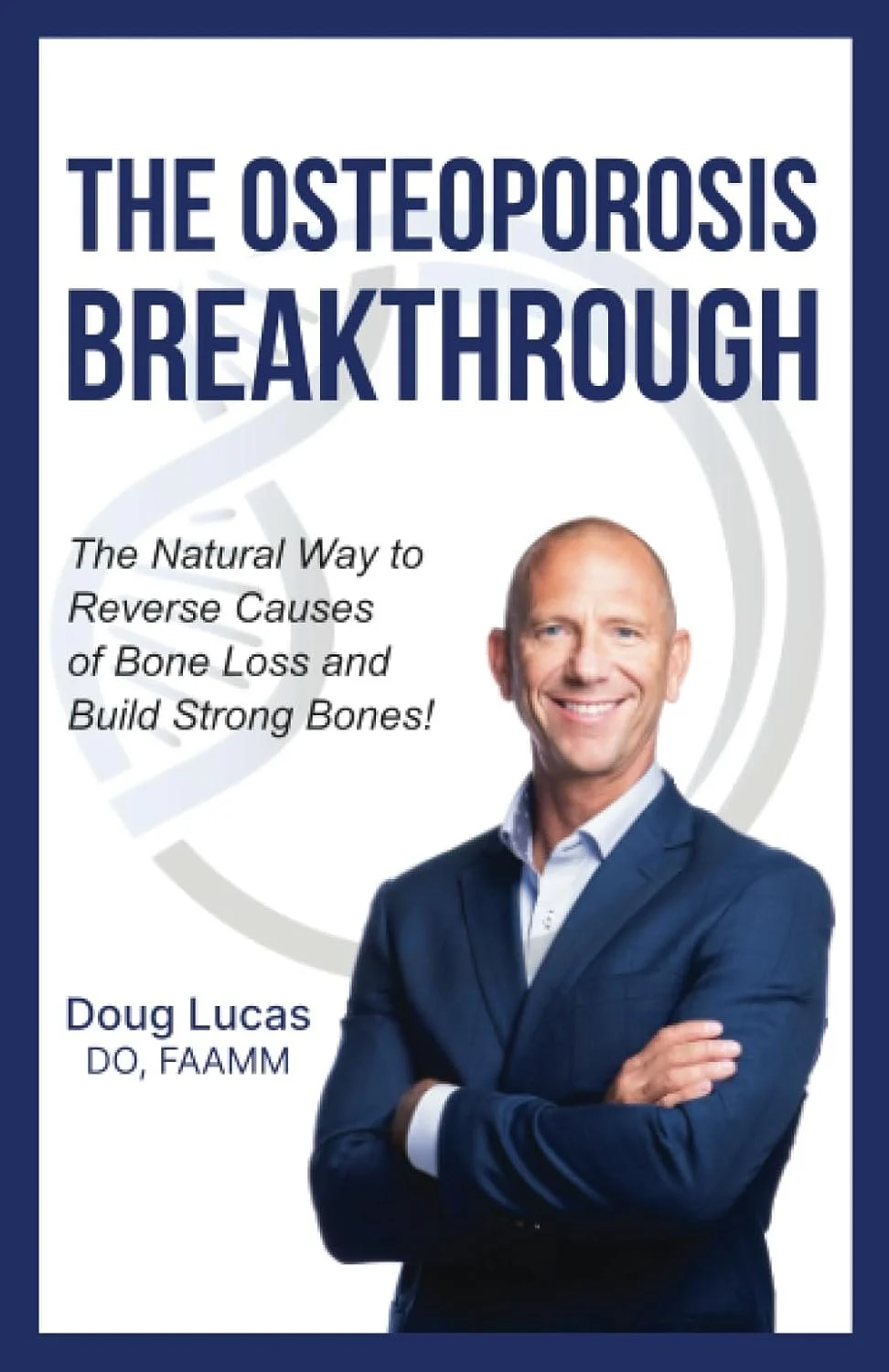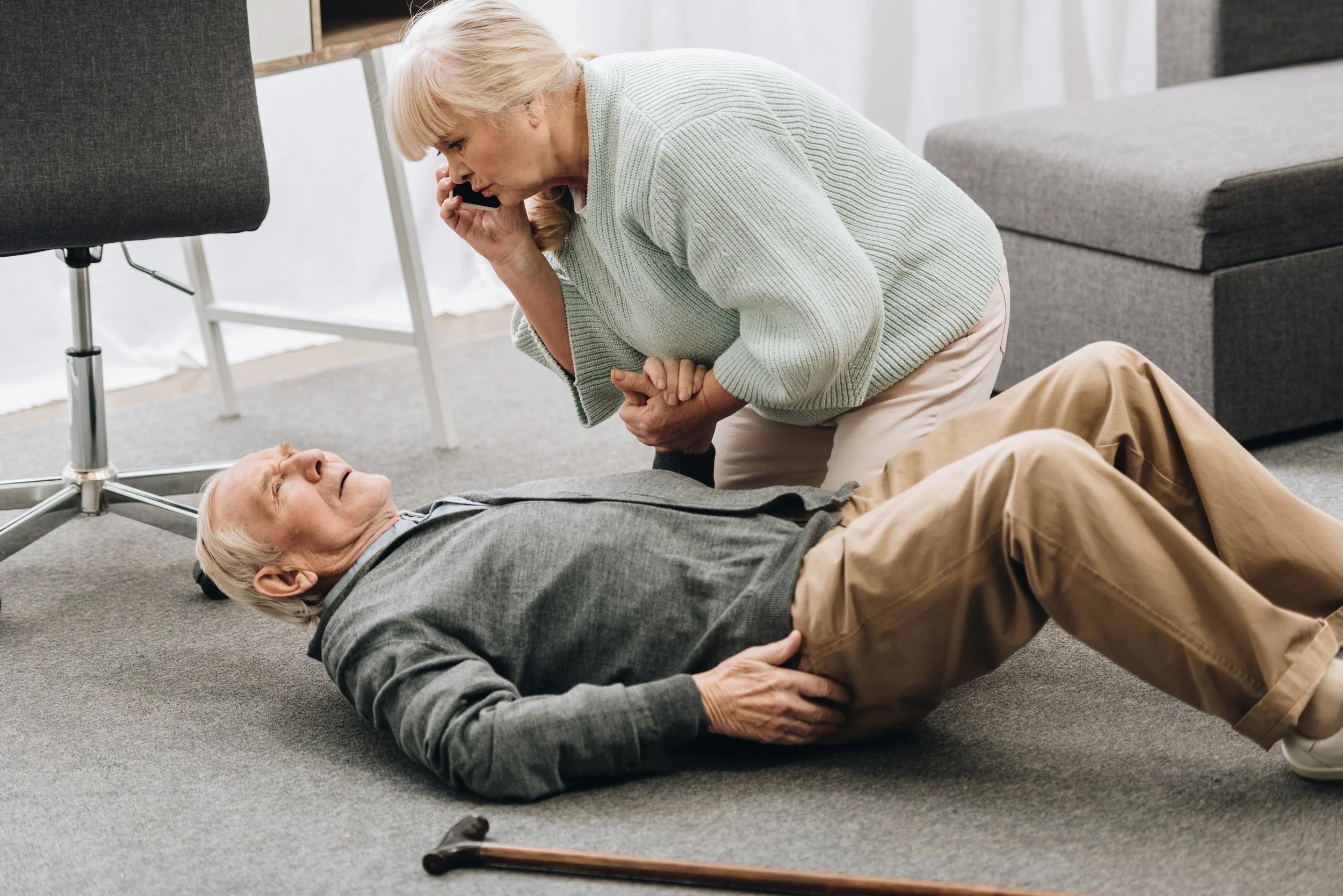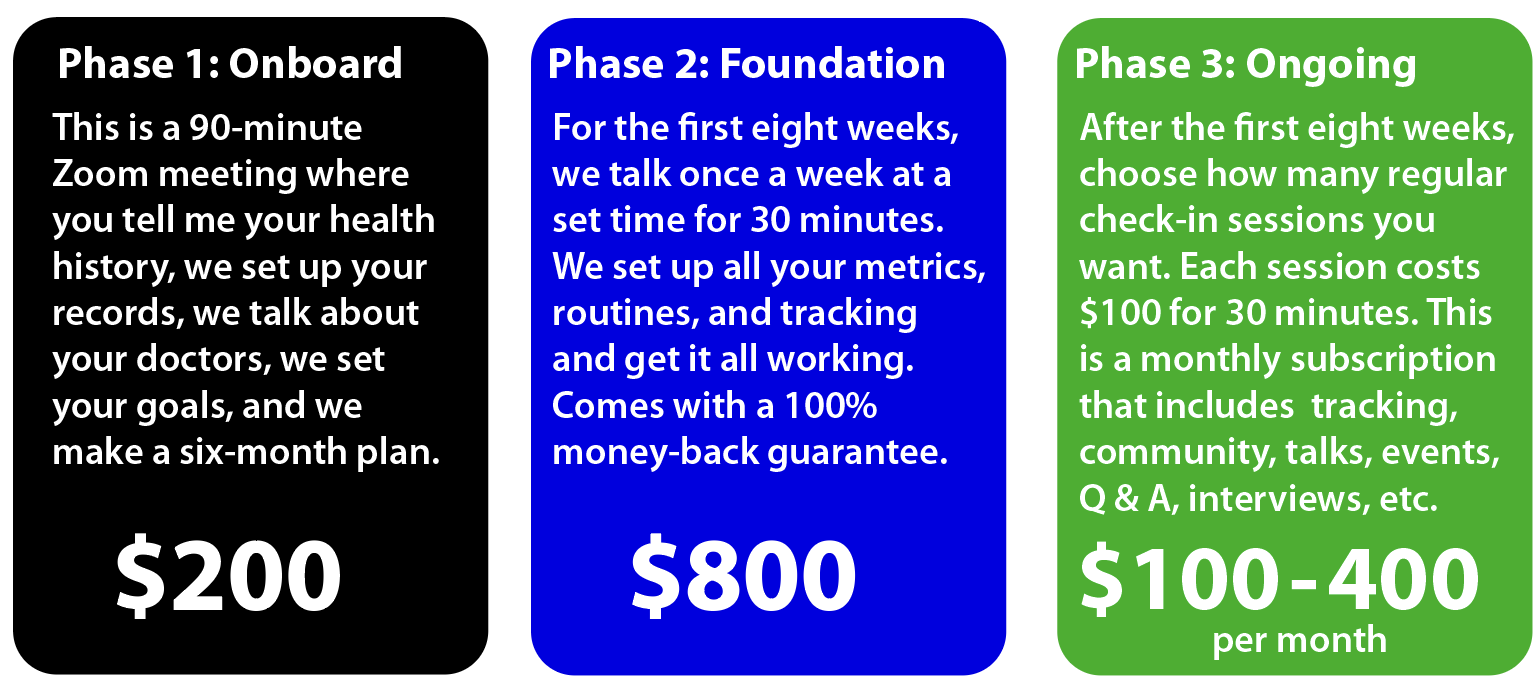Choose your final four decades:
Top of Everest at 80
World record holders
The prize: maximize your health in your 60s, 70s, 80s, and 90s. There are three ways to do it:
1. Buy this book, understand it, and do everything Peter tells you to do. Cost: $15 plus gear.
2. Hire Peter to be your doctor. He only takes a small number of clients, you go to him, and he charges $150,000 per year.
3. Work with me to achieve your health and wellness goals. We plan and execute a simple program that prevents the events most likely to take you down. The best solution isn’t in a book or a doctor visit; it’s the one you actually do every day.
DISCLAIMER: I’M NOT AFFILIATED WITH PETER ATTIA. HE’S BETTER LOOKING AND SMARTER. I’M GOOD AT CREATING PROGRAMS, DECISION SUPPORT, AND HOLDING YOU ACCOUNTABLE. BE SURE TO BUY HIS BOOK, AS HE IS THE ULTIMATE AUTHORITY ON LIFE EXTENSION.
The 80/20 rule: get the basics right
Peter’s body of work is extensive and covers hundreds of topics. I believe you can do 20 percent of all he prescribes and get 80 percent of the results by doing the basics well.
Don’t smoke
Exercise to build muscle and bone like your life depends on it
Manage your percentage of body fat
Manage your cardiac and stroke risk
Manage your hypertension
Manage your cancer risk
Manage your cognitive-decline risk
Rebuild bone in all areas and keep bones strong
Reduce your alcohol intake to give you the most
pleasure for the least consumption.Adjust your diet and supplement as necessary
Chances are, you need to focus on about half of these to increase your future quality of life significantly. For medical issues, you should talk with your doctor. After that, the best recipe for extending your quality of life is vigorous, muscle-building, weight-enhanced exercise, and a few supplements. If you want the prize, start building the habits you’ll need for the rest of your life.

The centenarian olympics
If you run 30 miles a week at age 60, you may be surprised to learn that you are at extreme risk of frailty now. Your grip strength is weak, your hips and spine are are demineralized, and your muscle mass is low overall. You don’t want to be a specialist. You want to be in the top half (or better) of your age group for at least ten — and preferably twenty — activities that put extra stress on your bones and muscles:
Rowing
Dead hang
Biceps
Pull-ups
Chest press
Stairs
Rucking (carrying weight
on your back)
Grip strength
Core strength
Agility
Ab strength
Farmer carry
Sled pull/push
Yoga/balance
Start with ten different challenges and measure your progress. Stay on track to being a competitive decathlete in your 90s and you’ll reap the benefits every year.
In addition, you want to put in at least four hours a week on both cardio exercise (endurance) and peak performance (VO2 max). If this sounds like too much for you, you’re not taking this seriously enough. Keep reading.
Prevent future falls
One in four Americans aged 65 and older falls each year, resulting in about 36 million falls annually. For most people, falls are your number one risk of decreased quality of life.
Falls among older adults lead to more than 800,000 hospitalizations, often due hip fractures and head injuries.
Falls are the leading cause of injury-related death among adults aged 65 and older.
Each year, over 38,000 older adults in the U.S. die as a result of falls.
The five-year mortality rate following a hip fracture is approximately 50%, and the fall usually accelerates cognitive decline.
My go-to guy for osteoporosis is Dr Doug Lucas. He has a book, videos, and an online community. He recommends a particular calcium supplement you can find in our store. You can hire him to be your doctor, but it will cost $13,000 per year. On the other hand, it could add 20 years to your life. If you can afford him, become his patient. Buy his book!

Stair climbing
Attia asks: when you’re 90, would you like to be able to go up four flights of stairs in three minutes? Only the top ten percent of nonagenerians can do that. If you want to be in that category, you’ll need to be able to climb four flights of stairs in the following times, depending on your age:
Age 40: 40 seconds
Age 50: 50 seconds
Age 60: 60 seconds
Age 70: 90 seconds
Age 80: 2 minutes
Age 90: 3 minutes
How long does it take you to climb four floors today? I’m 64 years old. My building has 14-foot floors (17 steps per floor). I can run up four flights in 22 seconds. If you can beat that at any age, you probably don’t need my program.
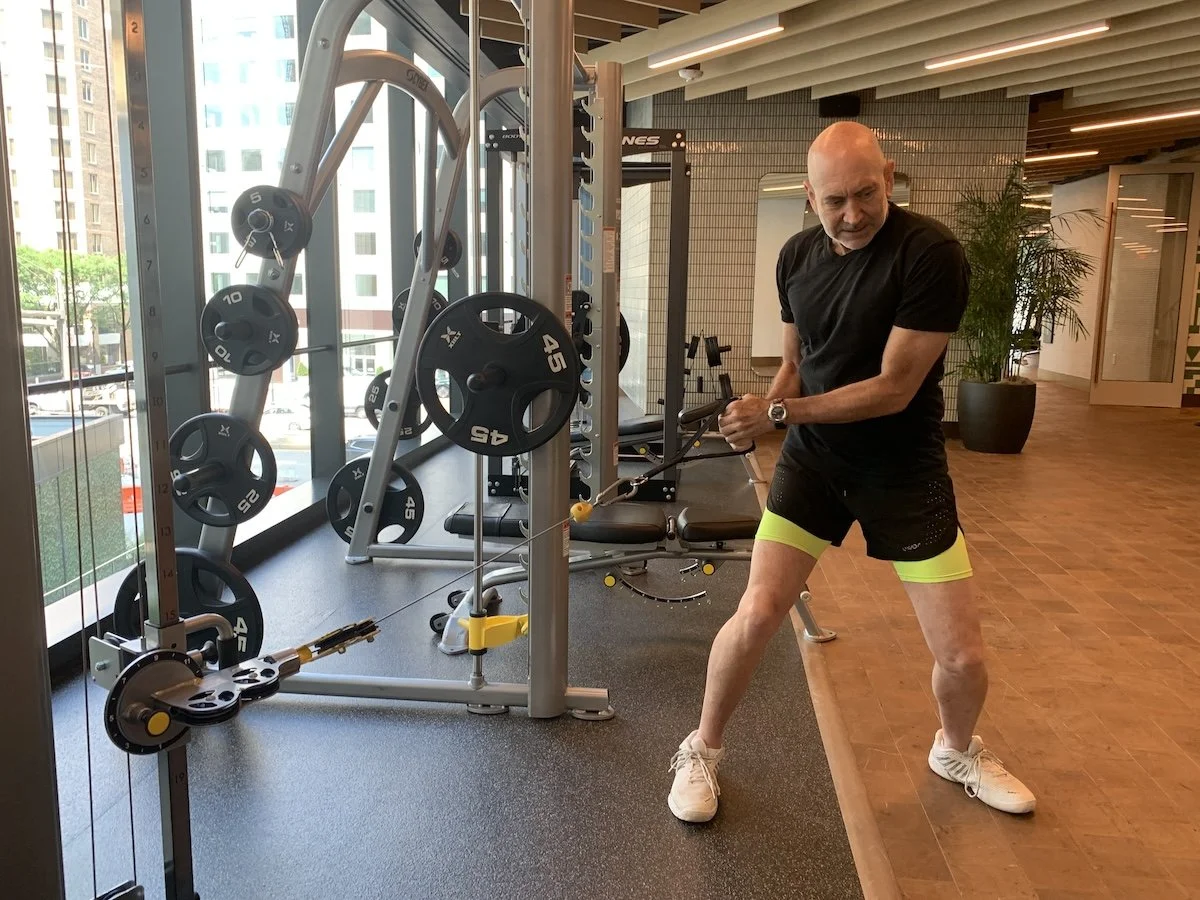
The most common problem people have in setting up a strong exercise routine is overtraining, which leads to injury and setbacks. I want you to do things properly and do them every day. But I want you to limit the weight and effort, then very gradually turn them up to make progress safely.
Overtraining
Carry all your groceries home on your back
Andy in 2006
You can do this!
Andy Katchmar, age 79
I began my journey at the age of 64. At that time I weighed around 205. I had several health issues at the beginning, but I persevered and worked towards gaining my health back . The first months were for losing weight mainly. Once I achieved 175, I was better able to handle machines and weights. My weight was a concern since I am only 5’ 5” tall. With the guidance of a personal trainer, I made steady advances. After a year, I was in good shape. I have continued on my own for 15 years now. I am still improving as I age.
Andy today, age 79
Althea Boulware, 57
When I was 46, I started perimenopause and it seemed like no matter what I did, working out 7 days a week and having a pretty good nutrition regimen, my body had a mind of its own. It was not until I started a structured workout regimen, incorporating drop sets, progression sets, tempo training, time based workouts and just sitting in my discomfort, is when my body started to change. I also researched nutrition and what foods were beneficial for me and which foods I should be wary of. My body started to respond. At 57 I've never felt better.

Climb Kilimanjaro with us!
In June 2025, we are taking clients and their grandchildren
to climb Mt Kilimanjaro and go on safari! This is the prize.
Better start training now. Learn more.
Pricing
This is high-touch individualized coaching PLUS group coaching. You get the individual attention you need, plus full recordkeeping, access to our community, content, events, live sessions, videos, news, offers, trips, etc.

The cost of not doing this
Are you planning to get in shape later? Here are a few scenarios for people diagnosed at age 75:
Scenario 1: Average Health Decline with Multiple Chronic Conditions
Patient with hypertension, type 2 diabetes, and moderate arthritis.
Estimated Healthcare Costs over 10 Years: $65,000
Scenario 2: Progressive Dementia and Assisted Living
Patient diagnosed with early-stage Alzheimer's disease.
Estimated Healthcare Costs over 10 Years: $445,000
Scenario 3: Severe Cardiovascular Disease with Multiple Interventions
Patient with severe coronary artery disease, has undergone a bypass surgery, and has recurrent hospitalizations.
Total Healthcare Costs over 10 Years: $420,000
Scenario 4: Cancer Diagnosis and Treatment
Male diagnosed with prostate cancer (Gleason score of 6), receives unnecessary radical prostatectomy, suffers severe side effects (incontinence and ED) for the rest of his life.
Total Healthcare Costs over 10 Years: $120,000
The prize
Risks
There are risks undertaking any kind of new health treatment, and there are risks not doing so. You’re at risk right now, and you will remain at risk in the future. In signing a contract with me, you accept and go forward at your own risk.
No one can guarantee results. We’re always trading costs, risks, benefits, and side effects. We try to make educated guesses and adjust often. The more you’re willing to put into this, the more you’ll get out.
My guarantee
I guarantee your satisfaction or your money back. Pay for the initial (nonrefundable $400) onboarding session and we’ll set up a program. Then, sign up for a two-month foundation course ($800 for 8 meetings). If, after 60 days, you’re not happy with the value you’re getting, just tell me what it was worth and I’ll refund the difference, up to the entire $800.
Frequently asked questions
What happens during the onboarding session?
You tell me about your health and history. I fill out a form to help you track your progress. Together, we come up with a plan to get started, which will involve some weight training, some cardio exercise, some supplements, and possibly changes to your diet and daily routines. We’ll be working on this for the next eight weeks. By the time the eight weeks are over, you should have a solid foundation for building your future self. Be sure to bring any health records you have to this meeting.
I want to ask a question before I buy
The first session is only $200, and you’ll get a lot out of it. Everything you need to know to make that decision is on this website. Everyone has pre-existing conditions, everyone has health concerns. Pay for your first session. From there, the next 8 sessions come with a money-back guarantee.
Do I have to commit to the monthly sessions before we talk?
No. Just book your initial consultation. After that, we’ll plan eight weekly sessions, and those have a money-back satisfaction guarantee.
Will you work with me if I’m seriously overweight?
If you are more than 20 pounds overweight and you’ve been gaining weight steadily for more than 20 years, you need to spend all your time losing the weight before you can do much more. You can’t do that quickly. Most diets work inside of six months and fail inside of 12. Almost no one keeps the weight off. Even though most weight-loss coaches don’t help, I’m not the best one. My advice is to spend the next two years losing at least 50 percent of the weight and keeping it off. Then come back and we can talk.
I want you to work with me on losing the weight anyway!
I don’t have a program for losing more than 20 pounds and keeping it off. To even have a chance, I think you’ll have to commit to at least 3 hours of cardio every day. If you pay for the initial intake meeting, I’ll be happy to discuss your options and see if I can help. I may not be able to.
I’ve tried to quit smoking many times and haven’t been able to. Can you help me?
I’m afraid I can’t. You’ll have to find someone else to help you do that. It’s the most important thing you can do. In fact, if you find an amazing program, let me know so I can tell others.
I have pre-existing conditions. I’m afraid I might not be able to commit.
We all have pre-existing conditions! Even more reason to get seriously strong and stay ahead of your doctors for the years ahead.
Do you subscribe to everything Attia recommends?
Mostly, but that’s because he’s skeptical of all the magic molecules everyone is touting these days. He’s very open minded. He’s willing to look at new evidence and change his opinion. I’m coming around to his protein recommendations (you need more protein as you age). I think he’s right about alcohol (zero is best), and I’m not 100 percent convinced that sugar is as evil as he portrays (but it might be). He also doesn’t pay that much attention to diet, which I like. I like that he changed his mind about caloric restriction. I like that he thinks we’re still mostly guessing and have a lot more to learn. He knows humans aren’t mice. I think he makes the best educated guesses.
Are there experts you don’t like?
Yes. I think David Sinclair lives in a world of mouse and worm studies and fake metrics. Whatever he says extends life I would generally stay away from. Peter Diamandis is usually wrong. Most “functional medicine” claims are nonsense. Walter Willett (Harvard) and the “Mediterranean diet” is mostly a collection of weak evidence for various different products, mostly promoted by companies for profit. How much do we really know about diet? Not much. Don’t read a book like “The China Study” and think you’ve just learned anything about diet.
Are there other experts you like?
I’m a big fan of Gary Taubes, which is how I heard about Peter back in about 2012 or so. His books have been very influential on me. He showed that calories-in/calories-out (the metabolic model) is not a helpful framework for people trying to lose weight. He also showed that saturated fat is not bad and doesn’t cause heart disease. He showed that dietary cholesterol has nothing to do with serum cholesterol. I like Aubrey de Grey as a researcher. And I like Daniel Lieberman, he says reasonable things in general. For osteoporosis, I like Dr Doug Lucas. See the books page for more.
Are there other experts you stay away from?
Not that these people are wrong, I simply think they are off in the noise: Andrew Huberman, Bryan Johnson, Valter Longo, and anyone who touts the latest and greatest molecule, probiotic, anti-aging pill, or diet. Anyone who recommends more heavy exercise over worrying about diet is on the right track.
Why don’t you talk about many things Attia writes about?
He talks about a lot of very esoteric research. It’s confusing to most people. I think we can choose about 20 percent of his recommendations and get 80 percent of his results. If a client has those 20 percent really working, we can start looking at the second-order options. For example, I don’t think anti-oxidants are meaningful for human health. They might be, but I doubt they are.
What’s your view on osteoporosis?
I broke the head of my left femur at age 51 (ice skating) and my right femur at age 53 (running). That’s a diagnosis of osteoporosis. I’m very skeptical of osteoporosis drugs — I think the cure is worse than the disease, especially if you take bone-building seriously. There are many interesting drugs in development, I try to keep up with the research. I think the best thing is to get calcium from food and stress your bones often. I’m very interested in vibration therapy. I think if you have the money to buy a good vibration plate, you should. There are two main kinds of vibration plates, and the cheap $200 plates on Amazon are terrible. There are vibration plates listed in the store here. If you’re interested, watch this video. For a supplement, check out Algaecal Plus.
Which supplements do you recommend?
I’m always researching supplements. I plan to write more about supplements. At the moment, I am keeping supplements to a minimum and watching the latest developments.
What supplements do you take?
I am working on getting more protein — about 120-150 grams per day — which isn’t easy for a vegan. I’m working on getting a gram of calcium every day and drinking more water to help prevent kidney stones. I’m taking magnesium oratate and am open to taking other forms of magnesium. I’m not taking creatine. I’m taking a small dose of B6, B12, and folate. I take 5000 IU of D3. I’m probably going to just switch to Algaecal Plus.
What about rapamycin?
Good question. I don’t know. It certainly can have side effects. It has been shown to extend life in mice, fruitflies, worms, and a few other species. Peter takes it. I don’t. What’s right for you? Let’s research and discuss.
What about cold plunges, red light, early light, saunas, chiropractors, metformin, rapamycin, resveratrol, MNM, Klotho, and all the other things various doctors recommend now?
Noise. For some of these, that may change.
What are your dietary guidelines?
Focus on exercise. The older you are, the more protein you need. Before 50, people get too much protein, and after 60, they get too little. When you get to the last part of your meal, don’t finish it and be full. Stop early. Drink plenty of water. That’s about it.
Do you want your clients to become vegan?
Absolutely not. I don’t pay much attention to diet.



